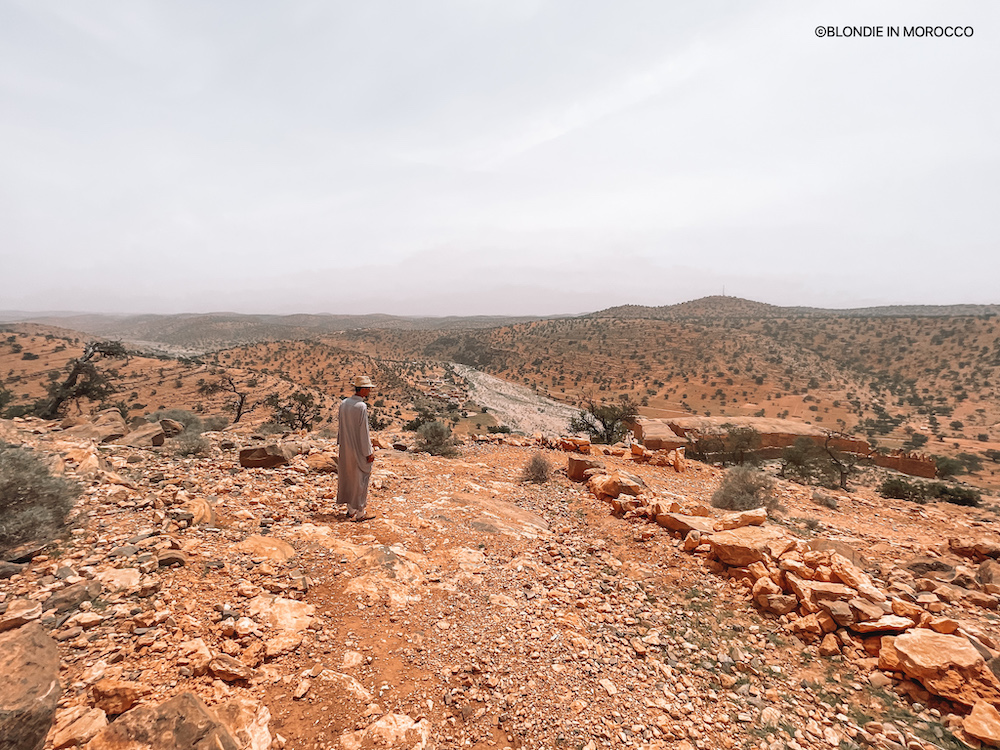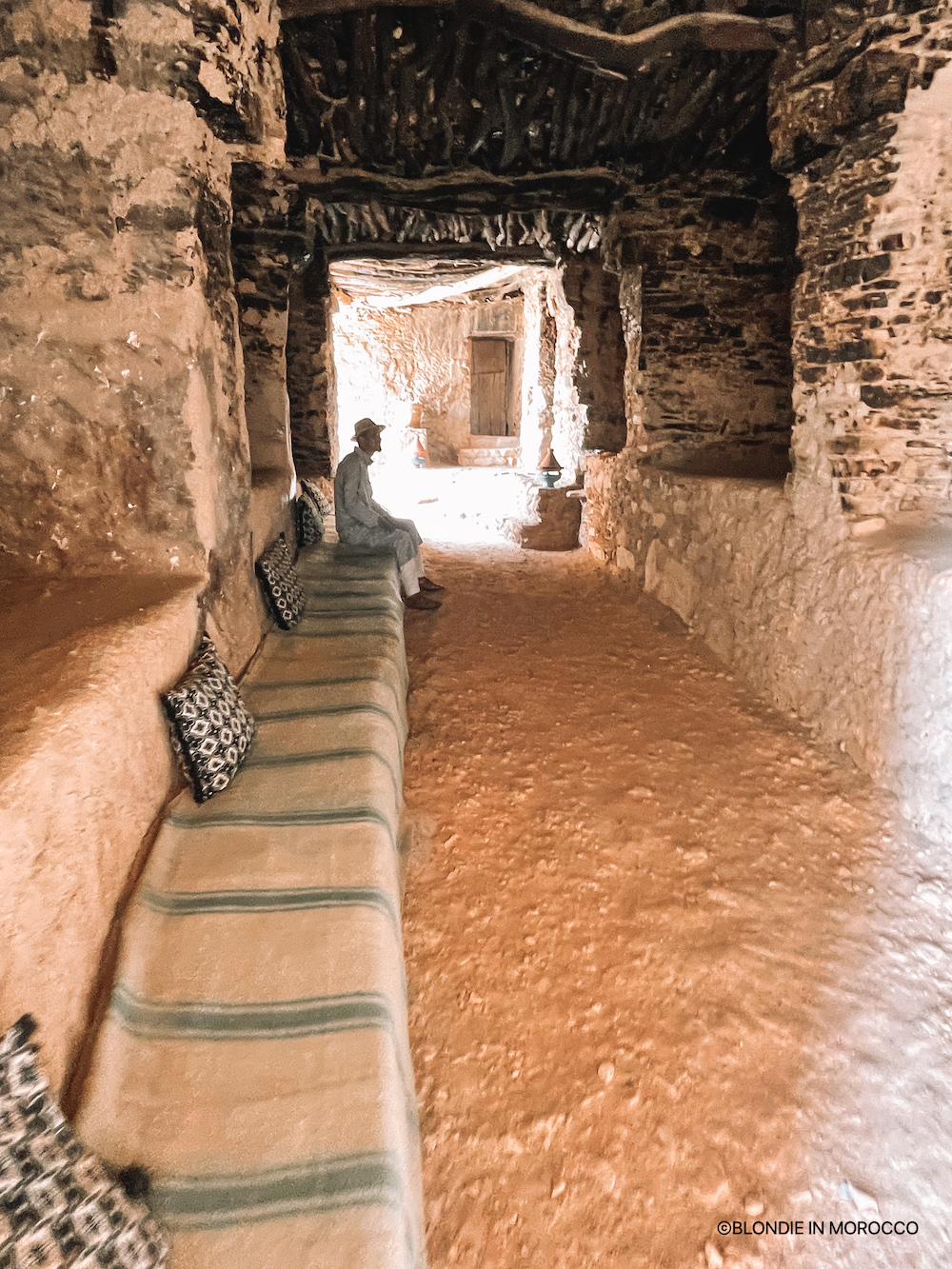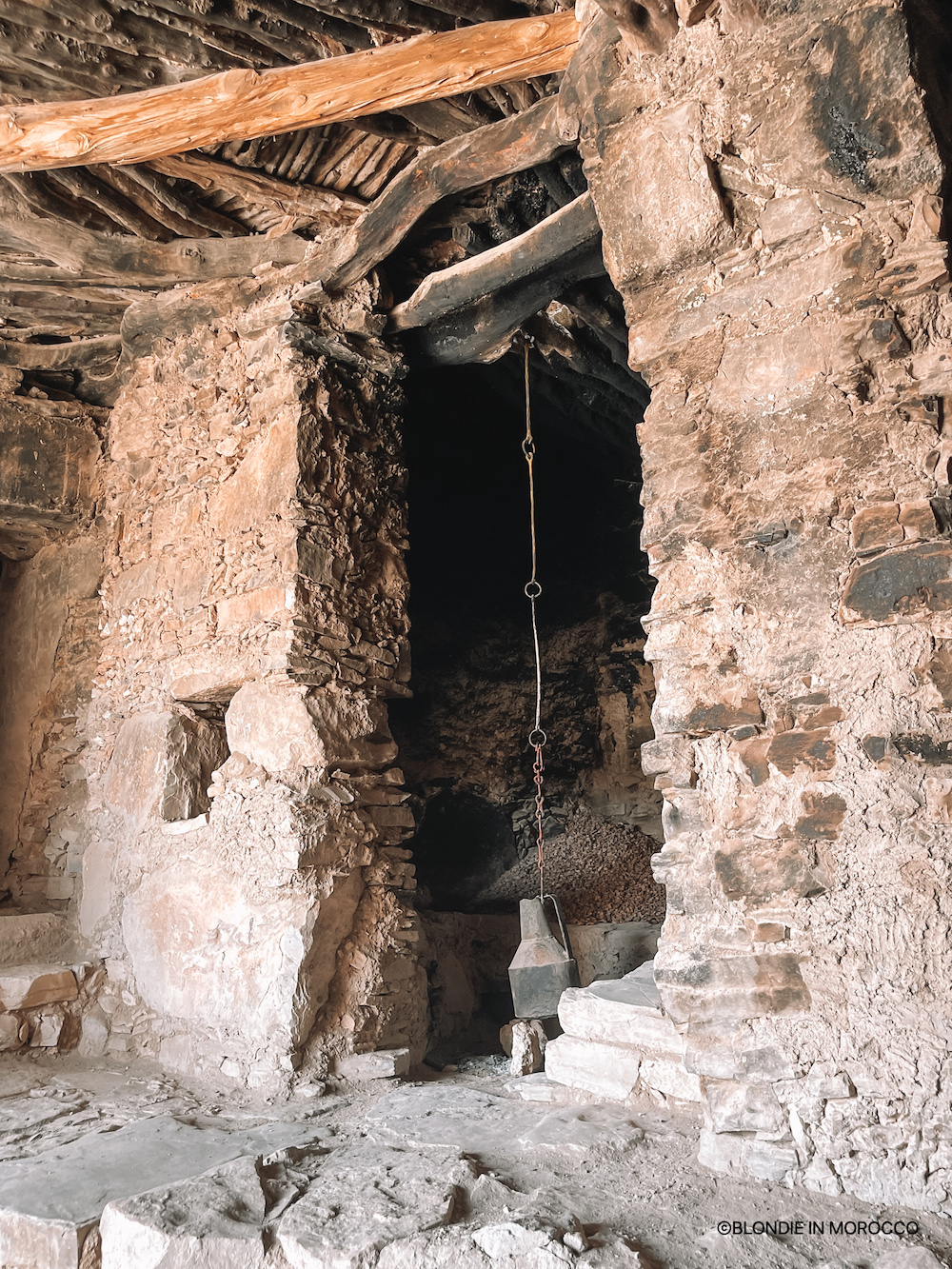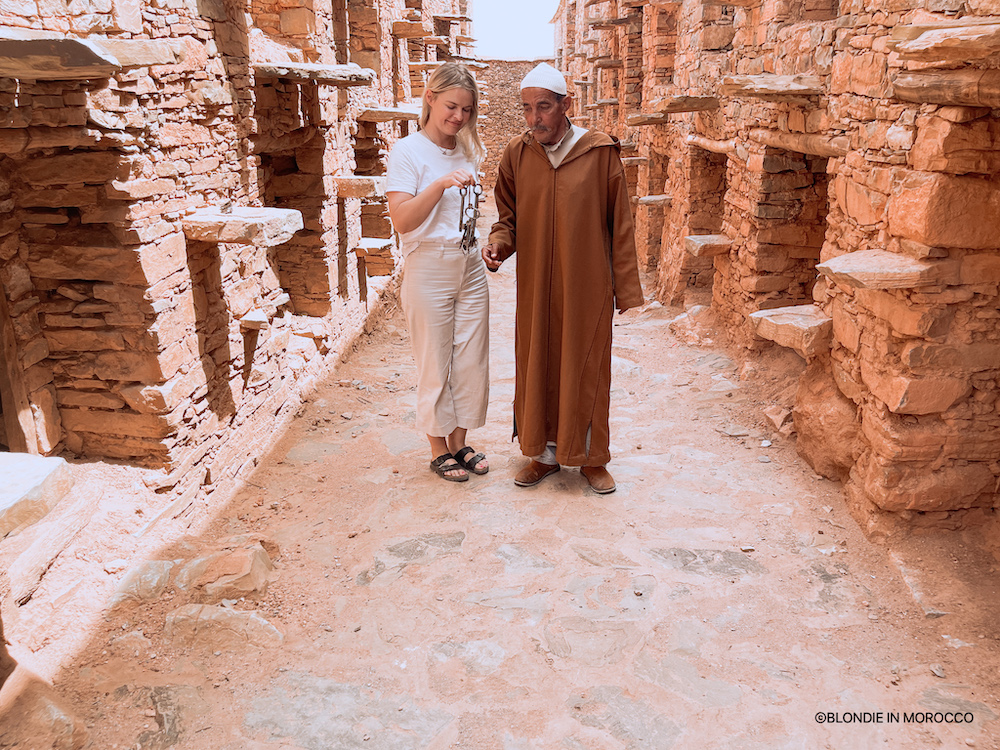Discovering the collective Berber granaries in Morocco
While nowadays we store money in banks, in ancient Morocco, people protected their valuables and goods in the collective Berber granaries – a building or rooms for storing goods. Or how Berbers used to call them “Igudar”, a plural word of Agadir in Amazigh/Berber language. The collective Berber granaries of Morocco are still little known and undiscovered, therefore a perfect off-beaten path experience for history and culture lovers.
Moroccan granaries or “Igudar” is also considered the World’s oldest form of the banking system, established by the Amazigh communities inhabiting the mountains south of Morocco. Mainly concentrated around the southern city of Agadir but also found in other Moroccan regions, these ancient Berber banks have existed at least since the 1400s.
The Amazigh people (meaning “free men”), also known as Berbers, were the original inhabitants of Morocco 4.000 years ago. After Arabs arrived in Morocco in the 7th Century, Amazigh tribes accepted Islam but maintained their independent customs and way of life until these days. In 2011, Tamazight, alongside Arabic, was announced as an official language of Morocco.
About granaries
In southern Morocco, there are several kinds of granaries:
- granaries placed on rocky peaks
- cliff/cave granary
- quadrangular ground granary
- oasis granary
As these granaries are spread all over the Anti-Atlas region, I only had time to see two of them and still so many to discover. I even didn’t find the exact number of how many granaries total are in Morocco.

Many Berber tribes inhabiting the mountainous south of Morocco had their granary. There each family had their compartment stacked on top of each other, often accessible with a ladder. The communal granaries – often fortified – stored grains and documents, vegetables, jewellery, dates, oil, and other valuable items. Every granary had a key holder (called Amin) that was elected by the tribe. Amin was paid by the tribe families by providing him with a small part of the storage goods. As well, bigger granaries were protected 24/7 by the tribe members.
Most of the granaries’ storage rooms have small halls for the cats living there and protecting goods from mice. Bigger granaries had communual spaces such as mosques, meeting rooms, and small market rooms. Often were used as shelter during times of war or natural disasters.
My visits
Inoumar and Imchguiguiln granaries
I only visited two of many Berber granaries – Inoumar and Imchguiguiln granaries. They are located not far from each other, around 1,5 hour drive from Agadir. The road to the granaries leads through the beautiful Anti-Atlas mountain road and local villages, leaving behind the city hustle.











The Inoumar granary
is 400 years old (built-in 1751) and dates from the Alawite dynasty, from the reign of Sultan Moulay Ismaïl. Located down the hill, by its surface area, the granary constitutes the largest collective granary of the Western Anti-Atlaswill. The granary was “bank” 11 surrounding villages Souss Massa tribes. It also reminds me of a castle with four watchtowers overlooking the dried Ourga river.
The granary contains 295 storage chambers/rooms, a mosque, a meeting room, and a small marketplace. The granary key holder, Hassan, met us and gave us a small tour. We got lucky arranging the visit in advance as I heard many visitors could not reach the guard. This granary was renovated and even had a standard toilet for visitors.
Agadir Imchguiguiln
After the visit, we drove to another granary – Agadir Imchguiguiln. This 750-year-old granary is considered one of the oldest “igoudar” in the region. Built in the 13th century, recent rehabilitation works have made it possible to renovate around thirty chambers, the central square, a mosque and outbuildings. The granary guide Mbarak introduced us to the history of the granary and its surroundings. I was pretty much impressed by the size of the key Mbarak uses to open the granary.








In total, the granary features 131 chambres that belong to one village. There is even a small prison room for those who broke the rules in the past.
To end the story about Berber granaries in Morocco, Morocco’s Ministry of Culture launched a project to classify them as national heritage and include them in the World’s heritage list last year. I hope this project will succeed and the granaries will get more attention to preserve them for future generations.
p.s. And yes, the name of the city Agadir is taken from the Amazigh language and means the fortified granary in the singular form.







